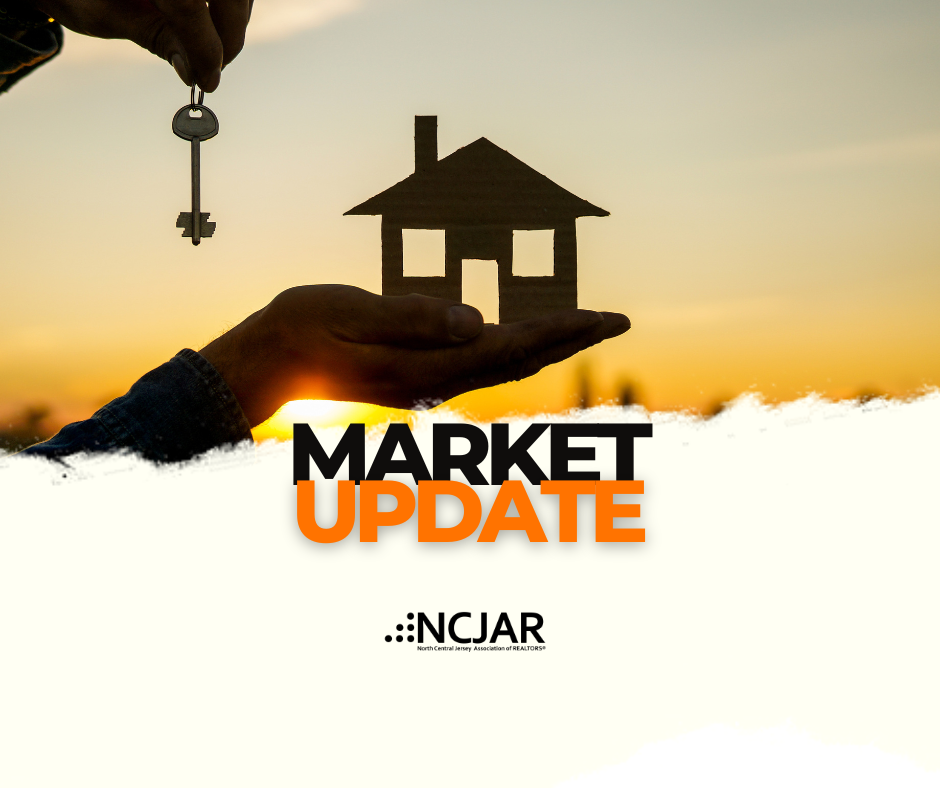 The U.S. housing market is currently short more than 300,000 affordable homes for middle-income buyers, according to a recent analysis by the National Association of Realtors® (NAR) and Realtor.com®. This ongoing housing inventory crunch is hitting middle-income buyers harder than any other income bracket, underscoring a critical issue in the current market landscape.
The U.S. housing market is currently short more than 300,000 affordable homes for middle-income buyers, according to a recent analysis by the National Association of Realtors® (NAR) and Realtor.com®. This ongoing housing inventory crunch is hitting middle-income buyers harder than any other income bracket, underscoring a critical issue in the current market landscape.
The housing affordability and supply report from NAR and Realtor.com® highlights the stark disparity in available home listings across different price ranges. A balanced market, as defined in the report, is one where half of all homes for sale fall within a price range affordable for middle-income buyers. Unfortunately, this balance is far from being achieved in today’s market.
“Middle-income buyers face the largest shortage of homes among all income groups, making it even harder for them to build wealth through homeownership,” stated Nadia Evangelou, NAR senior economist and director of real estate research. “A two-fold approach is needed to help with both low affordability and limited housing supply. It's not just about increasing supply. We must boost the number of homes at the price range that most people can afford to buy.”
As of the end of April 2023, approximately 1.1 million homes were available for sale, marking a 5% increase from the previous year. However, the market is still missing nearly 320,000 home listings priced up to $256,000 – the affordable range for middle-income buyers or households earning up to $75,000 annually. Currently, middle-income buyers can afford less than a quarter (23%) of the listings available in the market, a significant drop from five years ago when they could afford half of all homes for sale.
“Ongoing high housing costs and the scarcity of available homes continues to present budget challenges for many prospective buyers, and it's likely keeping some buyers in the rental market or on the sidelines, delaying their purchase until conditions improve,” said Danielle Hale, Chief Economist at Realtor.com®. “Those who are able to overcome affordability constraints may be increasingly drawn to newly constructed homes or to the suburbs and beyond, both of which may offer buyers more realistic opportunities for homeownership in the near term.”
Among the 100 largest metro areas, cities like El Paso, Texas; Boise, Idaho; and Spokane, Washington, have the fewest affordable homes available for middle-income buyers. Conversely, cities in Ohio such as Youngstown, Akron, and Toledo have the most affordable homes for this income group.
Nadia Evangelou further emphasized the need for increased housing supply across all price ranges. “Even with the current level of listings, the housing affordability and shortage issues wouldn't be so severe if there were enough homes for all price ranges. Our country needs to add at least two affordable homes for middle-income buyers for every home listed for upper-income buyers.”
For more detailed insights, you can view the full NAR and Realtor.com® housing affordability and supply report https://www.nar.realtor/research-and-statistics/research-reports/housing-affordability-supply.